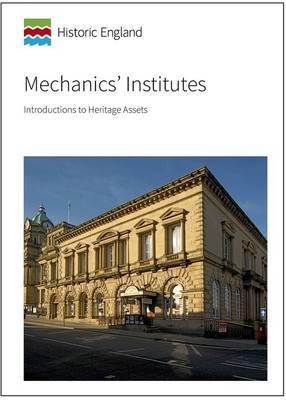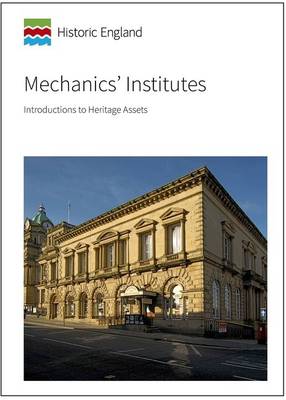
En raison d'une grêve chez bpost, votre commande pourrait être retardée. Vous avez besoin d’un livre rapidement ? Nos magasins vous accueillent à bras ouverts !
- Retrait gratuit dans votre magasin Club
- 7.000.000 titres dans notre catalogue
- Payer en toute sécurité
- Toujours un magasin près de chez vous
En raison de la grêve chez bpost, votre commande pourrait être retardée. Vous avez besoin d’un livre rapidement ? Nos magasins vous accueillent à bras ouverts !
- Retrait gratuit dans votre magasin Club
- 7.000.0000 titres dans notre catalogue
- Payer en toute sécurité
- Toujours un magasin près de chez vous
Description
This introduction sets out the origins and evolution of the mechanics institute, a nineteenth century phenomenon, emerging from the 1820s and continuing into the years preceding the First World War.
The institutes were the product of the Industrial Revolution which had created demand for a workforce to manage its machinery, to tend, repair and improve the complex mechanisation that revolutionised our output. They provided education for the working man through lending libraries, lecture theatres, class rooms and laboratories and often included in the mix of courses and technical material, wider opportunities for learning and betterment. The concept was a successful one and by mid-century there were several hundred mechanics institutes gracing England's major urban centres. A significant proportion were purpose-built, showing an investment in the nation's workforce and the priority given to the initiative. Around 75 are listed, at least one third of which have found a compatible re-use and continue to illustrate, in their dignified variety, the commendable efforts made towards adult education in Queen Victoria's reign.Spécifications
Parties prenantes
- Auteur(s) :
- Editeur:
Contenu
- Nombre de pages :
- 16
- Langue:
- Anglais
- Collection :
Caractéristiques
- EAN:
- 9781848025288
- Date de parution :
- 01-05-17
- Format:
- Livre broché
- Format numérique:
- Trade paperback (VS)
- Dimensions :
- 210 mm x 297 mm

Les avis
Nous publions uniquement les avis qui respectent les conditions requises. Consultez nos conditions pour les avis.






